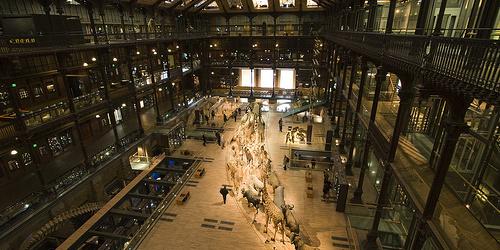
The Mad Cavalier blog provides a wonderful insight into poetry of paleontology and two very different trips to the Natural History Museum in Geneva. Start the New Year with the history of YOU…
Where are you sitting right now? Strip away the building. The artificially grown grass. The subway car. The car seat. In your mind, remove everything you can see around you that is man-made. And turn on your imagination.
What was this place like 20 million years ago? 65? 180? 300? 500? How much history has that one patch of ground you are currently on undergone? How many animals have walked in your footsteps? How many plants have nestled their roots in the soil beneath your feet, soon to be torn down or buried to make room for the next?
Voyage to the nearest ocean and lie on the rocky shores. Watch a thirteen-foot long icthyosaur surface for air as a Triceratops herd grazes nearby. Think of the sky, the scenery surrounding you. Breathe it in. 21% oxygen, you’re breathing – feels just about right. Go back 365 mya, and take an overpowering taste of the 35% oxygenated air that pushed insects up to six or eight feet long.
Go back further in time, and observe the sky turn a deep purple from ammonia as the oxygen levels decrease to where life began. Zoom out further – let yourself float outside the planet itself, before the primitive atmosphere had even formed at all. See the boiling ball of Earth as it hurtles around the Sun, iron condensing at its core, its gravitational pull collecting bits of matter that settle on the surface, fighting with other molecules to find their niche in the globular protoplanet.
This is the history of which YOU are a part. Every molecule within you existed hundreds, thousands, millions of other places, too, subsisting in some other form, in some other animal, planet, rock, back to the beginning of our planet, our universe itself. 4.5 billion years of history your planet had to go through before you could exist. 4540 million years. Approximately 1 658 199 583 796 days the sun has risen and fallen to keep our planet alive. It is almost impossible to fathom. This is the natural history of your – of my – very existence.
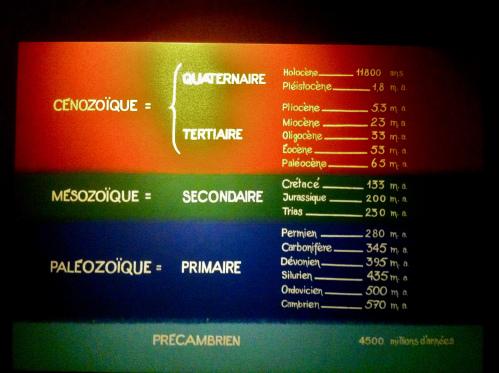
When I tell people I love paleontology, they normally do a polite shake and nod of their heads. I often just tell them I teach a class on dinosaurs, which tends to elicit a much more vigorous reply of comprehension. Although, I suspect they often think my classroom periods involve describing the interactions of a T-rex running around trying to make friends with a Triceratops while children’s songs play in the background. The simplification can be frustrating, because “paleontology” is so much more than dinosaurs. And “dinosaurs,” while we’re at it, is so much more than Barney 3D, or “Jurassic Park: The Real Thing.”
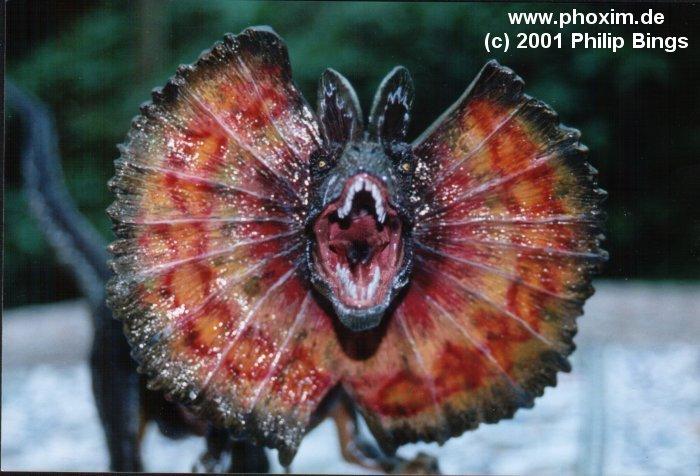
Because to comprehend the existence of dinosaurs is to comprehend your own history. To comprehend your own history is to have in your mind an understanding of everything that came before. History is the study of the past: paleontology is the study of life in the past. But how can you understand life in the past without knowing the conditions that led to these lifeforms? How can you truly appreciate paleontology without understanding the formation of the earth? Most people know of the K-T extinction that took out the dinosaurs. But how many have fathomed the Permian extinction, which, unknown to most people, grossly surpassed the K-T extinction, wiping out 95% of life and opening up the Earth for dinosaurs to evolve in the first place?
It is for this reason that my class also includes quite a bit of astronomy, of geology, of all these domains that had to interact to create the natural history of our earth. It is shocking to me how many people do not know what paleontology is: so, here we go. Paleontology is the study of the history of life (not just dinosaurs, and dinosaurs, furthermore, were not the only things living at their time, either). It is your history. It is my history. And that, my friends, is why Museums of Natural History are among my favorite places in the world.
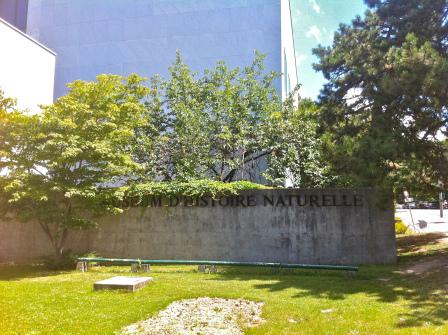
This week, I found myself twice in the Musee d’histoire naturelle de Geneve: once on my own, once with two of the kids (Lola and Ben). Needless to say, the first visit was much more educational and fascinating than the second, which more involved chasing two kids around running their fingers along pictures of ancient creatures. During the former visit, I spent approximately two hours in the section on paleontology, which, funnily enough (dum de dum…), had been merged and integrated with the section on astronomy.
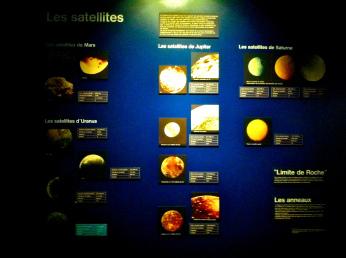
Planetary summaries. The museum seemed somewhat confused on whether to still count Pluto or not…hey, just like the rest of the world!
The Geneva Museum has done a commendable job on presenting the material – colorful, easy to follow, and a lot of information. It may seem bizarre that I still love reading all of the information, even though I do know most of it: that is the attraction of paleontology and astronomy both. They never fail to leave me breathless. It is a good thing when the thing you love never ceases to invoke you in those feelings of utter fascination.
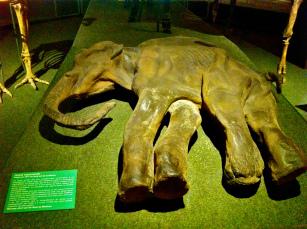
Some of the highlights of this museum include a partially mummified baby mammoth, about 6-7 months old when it died, a very complete sabre-tooth tiger skull, the partial remains of Lucy, and, a continuous presence at the museum, a two-headed tortoise. They also possess an amazing mineral collection, one of the largest geodes I’ve ever seen, and some original meteorites.

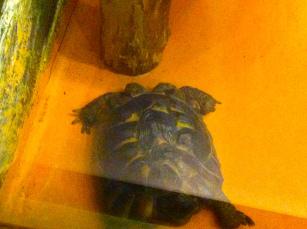
The two-headed tortoise, Janus (appreciate the mythological name). You can just see his two heads at the back, though he was hiding…
My second visit to the museum, with Lola and Ben, took a different spin. The kids section: notably of the theme, “Who’s Poo?” The exhibit consists of two walls covered with pictures of poo on flaps. Under each flap is a picture of the animal who produced said faeces. The aim of the game, as you may have discerned, is to guess the owner of the poo. We played this game – all two walls – I believe, four times. In the middle of the exhibit were buckets with “fake poo” into which you could stick your hand and play the same game, this time using the sense of touch rather than sight. We also played this (though, the kids made me do it first…they were too scared).

Perhaps the most fascinating part of the astronomy exhibit, for me, was a light-up audio-narrated solar system. A press of the button descended the room into total darkness, with each planet silhouetted and described in turn. I will never get over the thrill of thinking about the universe and stars and black holes and quarks and nebulae and all of those amazing phenomena of which we are only a small part. It’s one of the main reasons I love going to the country: no light pollution, just a vast, densely populated expanse of brilliant stars across a multidimensional night sky. And, guess what got released very recently?
An official timeline for tourist travel to space:
RICHARD BRANSON: GALACTIC SPACESHIP TO BLAST OFF IN 2013
I cannot possibly express my excitement without the accompaniment of many child-at-Christmas-like, erratic gestures. I remember during my first year of university, while taking an astronomy class, we had to spend a night at the observatory. During this night, we had the luck to see Saturn up close and personal. Few moments have rendered me so humble, alive, and vibrant as those couple of minutes I passed staring through a telescope, gazing upon the very surreal, but perfect form of the orange, ringed planet, as solid as any textbook picture. And this was just through a telescope.
Look up at the night sky next time and think – in a few decades as costs fall, you might have the chance to be there, to see earth from the outside, to be a much more physical part of that white, cloudy strip that is our Milky Way, to experience the universe in a multifaceted manner unknown to most previous humans. Can you imagine anything more awe-inspiring and ineffable? I will do whatever it takes to experience that. For what better way to understand the history of you?
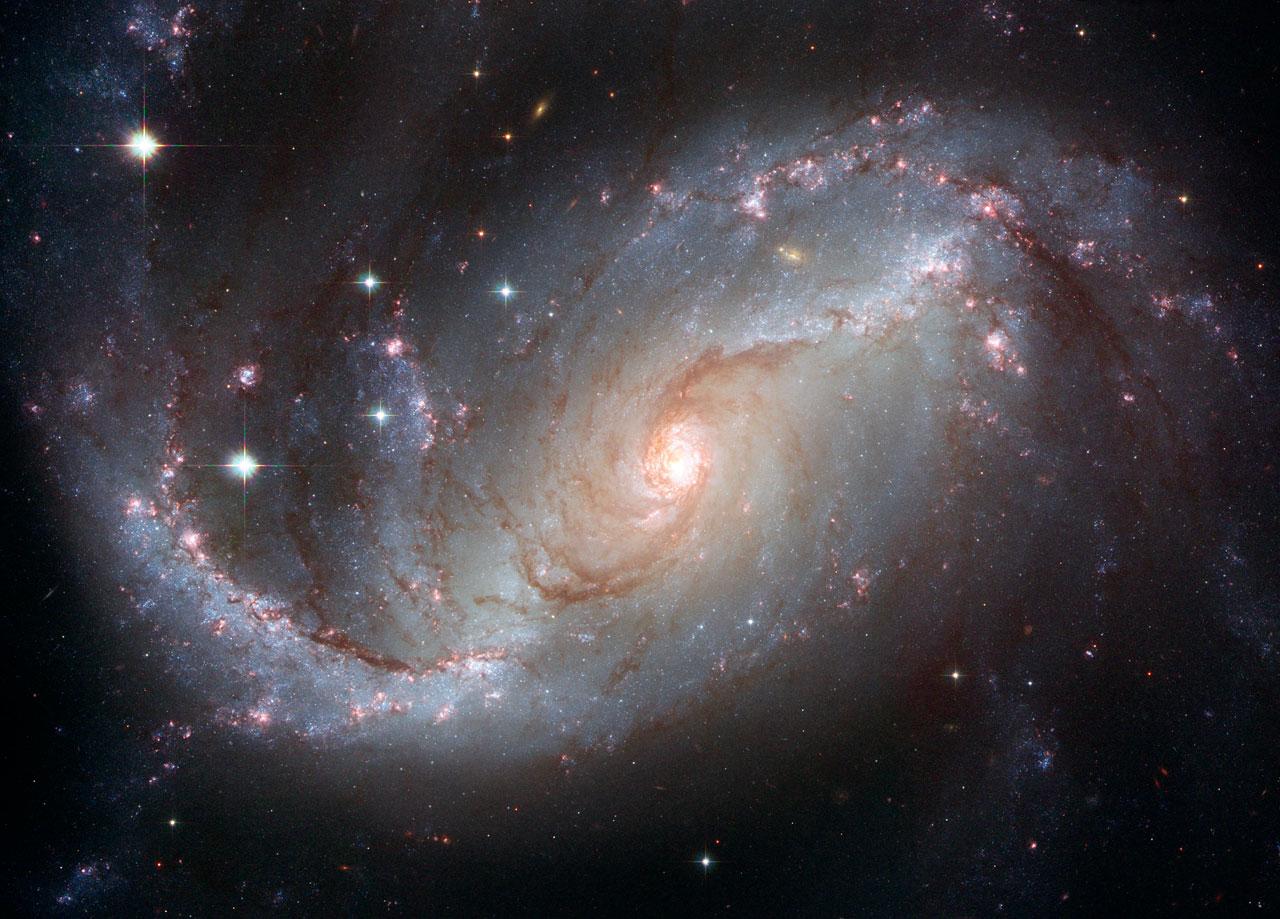
Entry Fee: FREE
To read more wonderful posts like this one visit the Book of Ash
